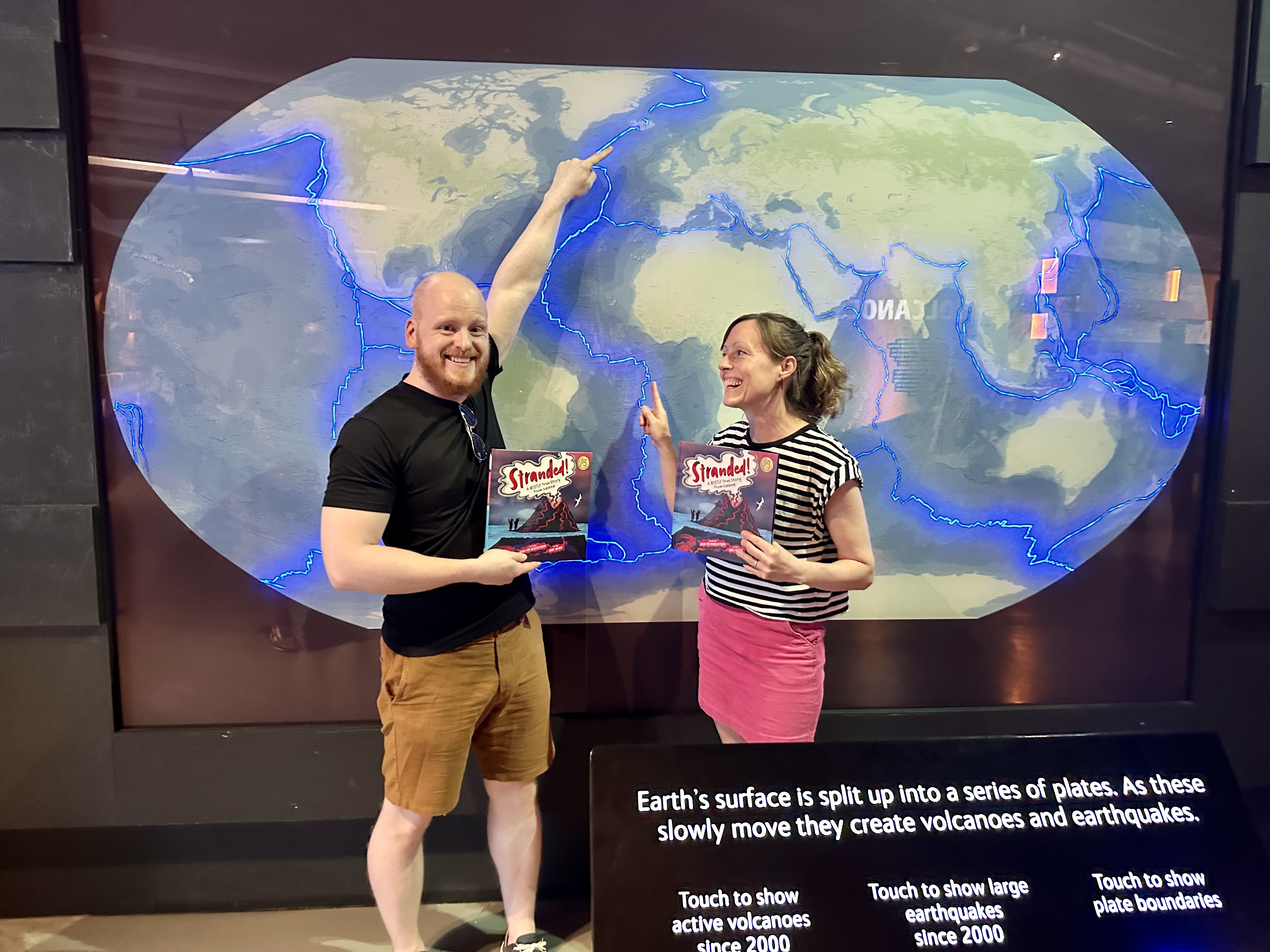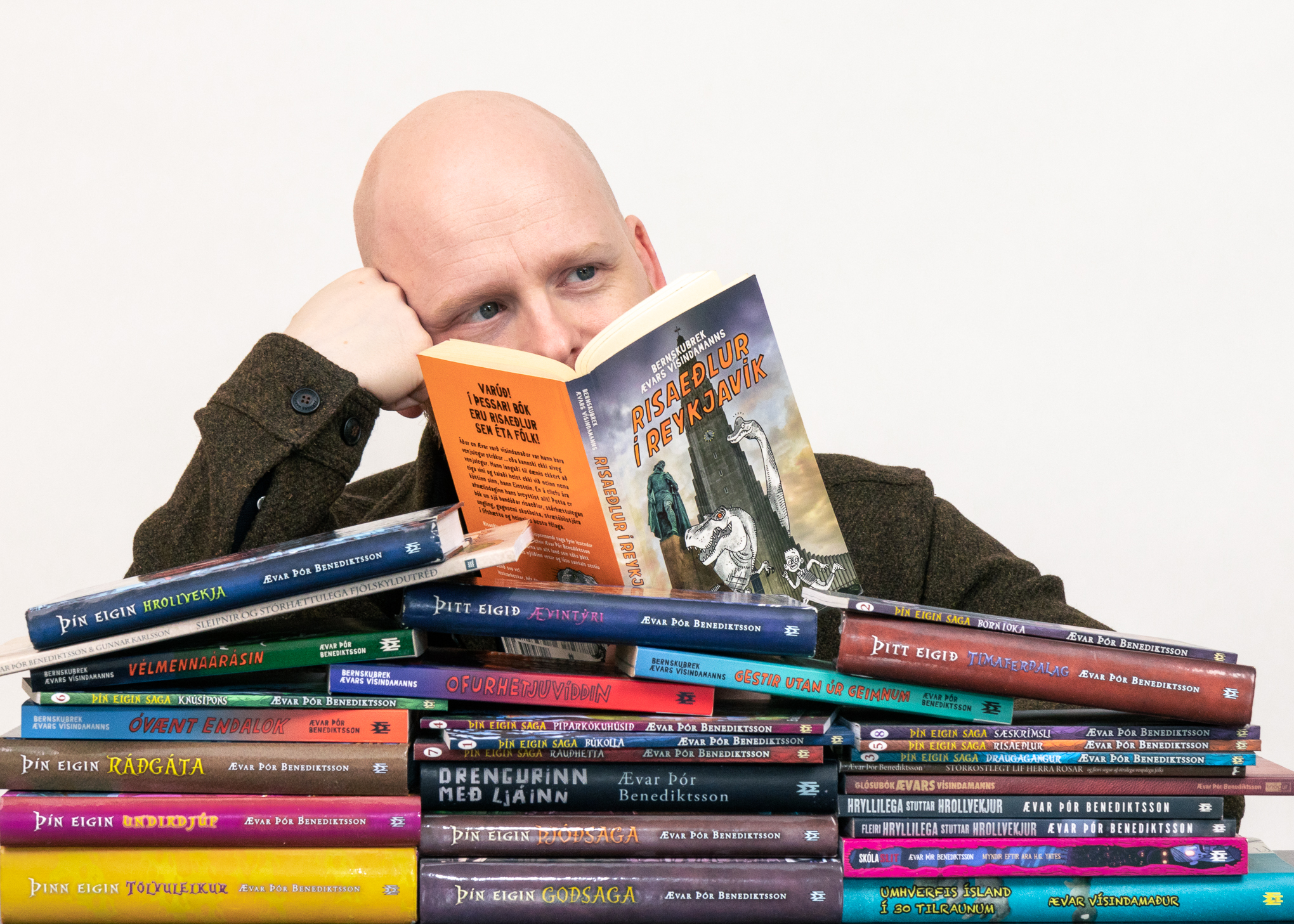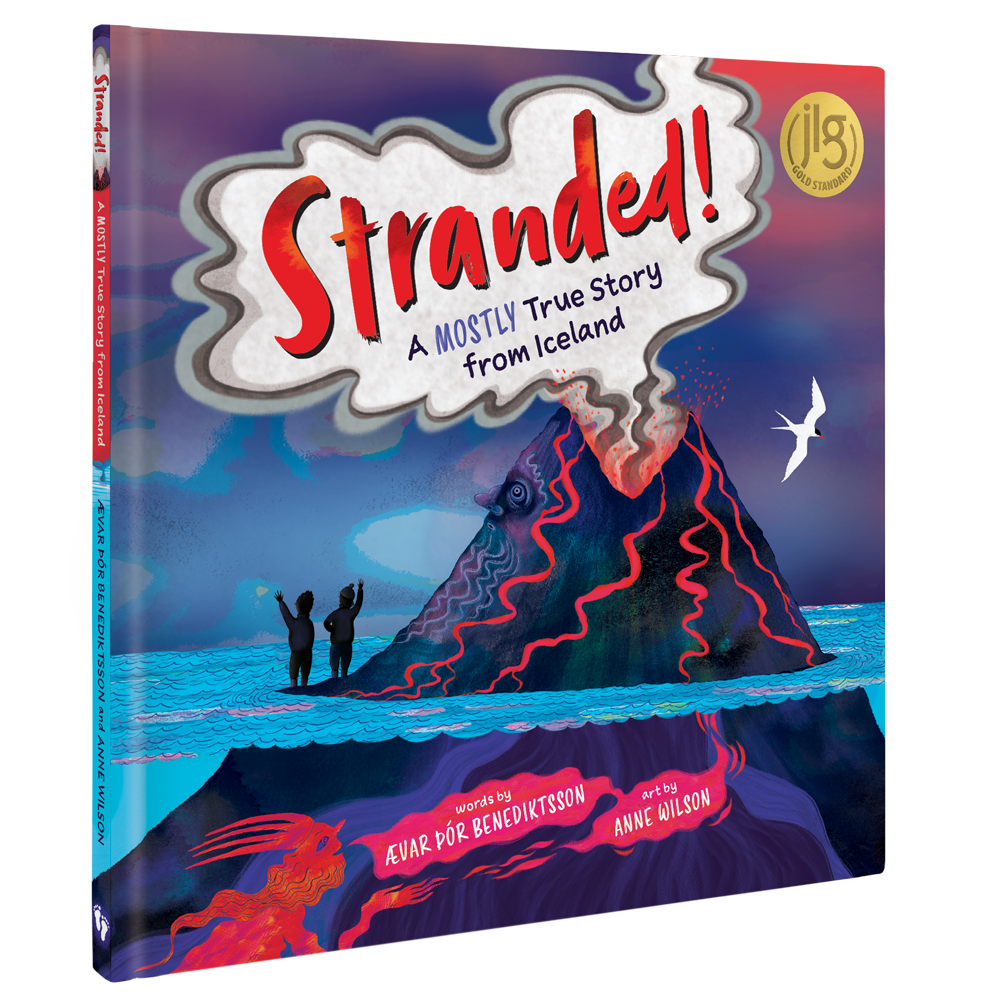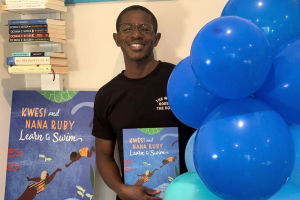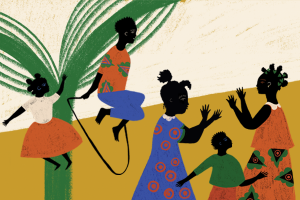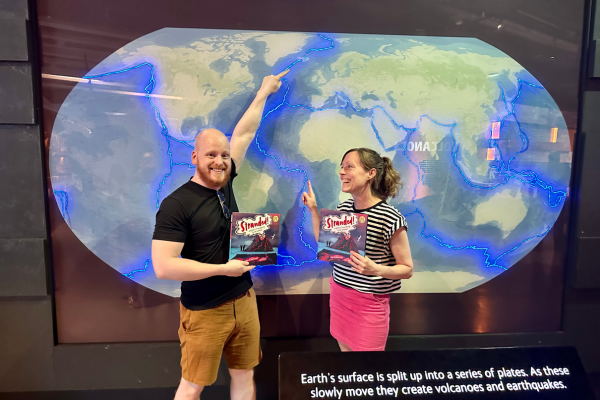
Translating My Book Back to My Native Language
So, I was to write a book.
In English.
I’m Icelandic, but we all know English pretty well here, so it should have been fairly easy. Most of the books I read are in English, all the podcasts I listen to are in English and all the TV and movies I watch are in English. No problem!
Right?
Right?
Wrong.
When I sat down to write my first draft of Stranded!: A Mostly True Story From Iceland, I thought I knew English. Turns out, I didn‘t.
At all.
Had I ever?
All of a sudden, a simple sentence in English was like trying to wrestle an alligator: I probably shouldn‘t do it and if I did, I would definitely need help.
The help came in the form of my lovely editor, Kate DePalma. Without her, Stranded! would not work the way it does. It would not flow the way it does. It just wouldn‘t.
Exhibit A: She didn‘t edit this blog post.
You see what I mean?
Case closed.
So, a few months later, the book was finished! It was ready. In English. I breathed a sigh of relief and turned back to writing in Icelandic.
But then it happened: the rights to Stranded! had been sold to Iceland, and me – being a) Icelandic and b) the author – should probably be the one to translate the book. I mean, I‘ve spoken Icelandic my whole life. I‘ve written TV shows, plays, movies and countless books in Icelandic. I even think in Icelandic, so this should be no problem.
Right?
Right?
Wrong.
The word “Icelandic” in Icelandic is called íslenska, which roughly translates to “ice-english.” Which is exactly what happened to every sentence I started to translate. The words were Icelandic, but the sound and order of them were somehow English. As if the original text was hiding behind all the strange Icelandic letters, watching and waiting, like a dangerous elf from an Icelandic folktale.
Again, wrestling this particular alligator, I needed help.
Cue my Icelandic editor; Guðrún — an editor with such an Icelandic name is, of course, perfect for the job!
Some things had to change, though.
Don‘t get me wrong, I didn‘t change anything just for the sake of change. There was always a reason for it.
The original book is filled with facts about our strange little country. But when you‘re reading it in Icelandic, you already know how small and strange we are. So I wanted to change those passages. But what to do with that text instead of just translating it verbatim? How about adding some new facts and maybe a joke or two? (While, of course, remembering that this new text couldn‘t deviate too much from Anne Wilson‘s beautiful pictures and had to take up exactly the same space as the original text.)
Here are two examples of changes between the original and the Icelandic versions:
On page 4, in the original text, the location of our small island is written inside the stomach of a whale, swimming near the Westfjords of Iceland. In the Icelandic version, I remove that information and, instead, insert a joke about how whales around Iceland are sometimes prone to eating random sentences.
The end of the book is filled with facts about Icelanders and life in Iceland. In the Icelandic version, that section is now facts about people that got stranded on desert islands, both in books and in real life. You could, for example, read about the current world record for surviving alone on a desert island (if you‘re wondering, it‘s four years. Google the name "Alexander Selkirk“ for more information). That segment of the book now also includes facts about what to do if you yourself ever got stranded.
So, I was to write a book in English and then translate it into Icelandic.
And I did.
I was also instructed that this blog post should be around 300-500 words.
It isn‘t.
It‘s way too long.
Again, without my editors I‘m no good.
Now, on to the next book!
— Ævar
About the Author
Ævar Þór Benediktsson is one of Iceland’s most popular authors. He is Iceland’s first UNICEF Ambassador and is known for launching popular nationwide reading challenges to encourage Icelandic children and teenagers to read more. In 2017, Ævar was chosen as one of the Aarhus39 – a collection of the 39 best emerging writers for young people from across Europe. He is the author of more than 30 books. Learn more about him at AevarWritesBooks.com.
About the Book
Stranded!: A Mostly True Story from Iceland
Written by Ævar Þór Benediktsson
Illustrated by Anne Wilson
✔️ The best books for children 2023, Sunday Times
✔️ Kirkus’ Best of Picture Books 2023
✔️ Chicago Public Library’s Best of the Best books of 2023
★ “Two amateur explorers become stranded on a newly formed volcanic island when the fishing boat that drops them off fails to come back” — Kirkus Reviews, starred review
“This strikingly unusual picture book contains a true story about the author’s grandfather, a scientist stranded on a volcanic island” — The Sunday Times



